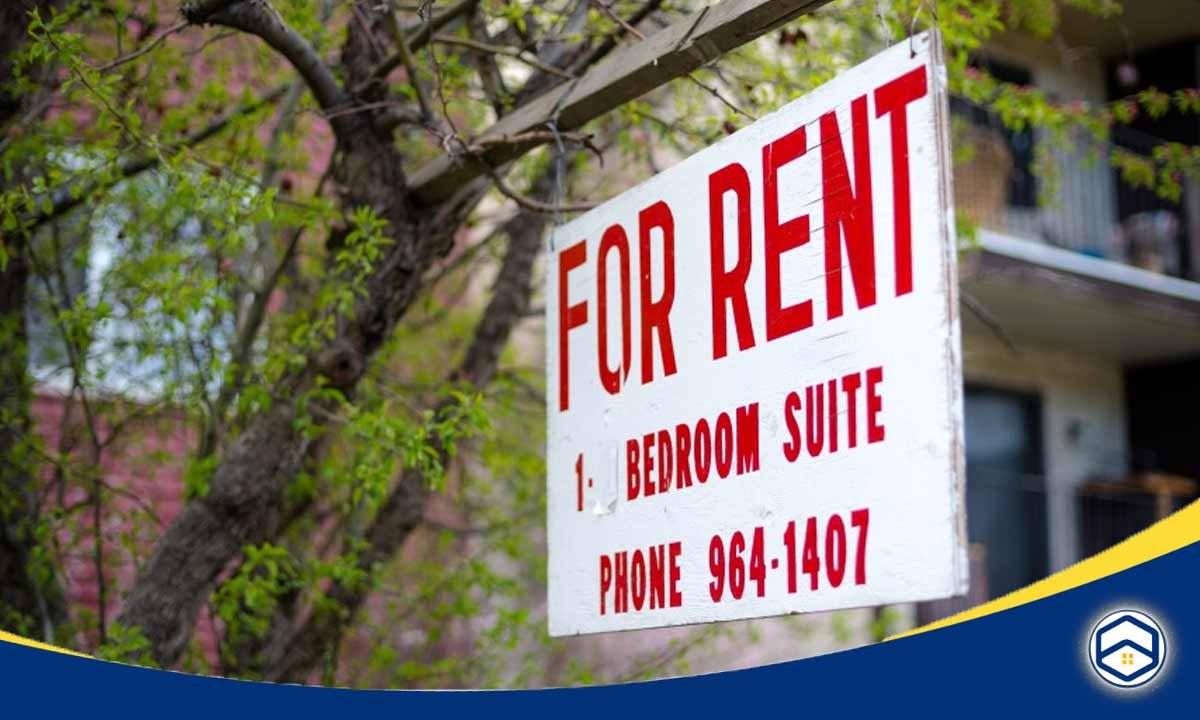As a real estate investor, boosting your returns is a top priority. One crucial metric to measure your success is the cash-on-cash return (CoC). In this guide, we’ll break down what CoC return is, explain why it matters in real estate, show you how to calculate it, and most importantly, share strategies to make sure you’re getting the most out of it.
While the finance world often talks about return on investment (ROI) for different assets, real estate investors use cash-on-cash returns to gauge their property’s performance.
Unlike stocks or other investments, real estate’s income-driven nature makes cash-on-cash return a key player. In this article, we’ll simplify the concept, understand what is a good cash-on-cash return, guide you through the calculations, and provide actionable tips to boost your real estate investment returns.
What is Cash-on-Cash Return?
Cash-on-cash return is a financial metric that measures the profitability of a real estate investment. It is calculated by dividing the annual pre-tax cash flow generated by the property by the initial capital investment. The result is expressed as a percentage, providing investors with insight into the return on their invested capital.
Why Cash on Cash (CoC) Return is Important
1. Measuring Profitability
CoC Return acts as a direct indicator of a property’s profitability by showcasing how efficiently an investment generates cash flow. This metric provides investors with a clear picture of the financial performance of their real estate assets.
2. Risk Assessment and Comparative Analysis

It plays a crucial role in risk assessment, offering investors insights into the risk-to-reward ratio associated with a particular real estate investment. Additionally, CoC Return facilitates comparative analysis, allowing investors to evaluate and compare different investment opportunities on a standardized basis.
3. Financial Planning, Decision-Making, and Performance Monitoring
CoC Return is an essential tool for financial planning, aiding investors in projecting and managing cash flow effectively. It serves as a valuable decision-making tool when evaluating multiple investment options, and aligning properties with financial goals and risk tolerance.
Furthermore, CoC Return acts as a dynamic performance monitor, enabling investors to make timely adjustments to their strategy based on actual returns, ensuring ongoing alignment with their investment objectives.
Understanding the multifaceted role of CoC Return empowers real estate investors to make informed decisions, manage risks effectively, and optimize their portfolios for sustained profitability.
How to Calculate Cash on Cash Return in Real Estate
Calculating Cash on Cash (CoC) Return in real estate is a fundamental step for investors to assess the profitability of their investment. The formula for CoC Return is relatively straightforward and involves considering both the property’s income and the initial investment. Here’s a step-by-step guide on how to calculate Cash on Cash Return:

Determine Annual Cash Flow:
- Calculate the net operating income (NOI) of the property. NOI is the total income generated by the property minus the operating expenses.
- Subtract any mortgage payments or debt service from the NOI. This will give you the annual cash flow.
Annual Cash Flow=NOI−Debt Service
Determine Total Cash Invested:
- Add up all the costs associated with acquiring and improving the property that were paid in cash. This may include the purchase price, closing costs, renovation costs, and other upfront expenses.
- Exclude any financing or loan amounts from the total.
Total Cash Invested= Purchase Price+Closing Costs+Renovation Costs+Other Upfront Expenses−Financing Amount
The resulting percentage represents the CoC Return. A higher CoC Return indicates a more profitable investment.
Example:
Let’s say you purchase a property for $200,000 and spend an additional $20,000 on closing costs and initial renovations. The annual rental income is $30,000, and operating expenses (excluding mortgage) are $5,000.
Let’s use the information provided to calculate the Cash on Cash Return for the property. Given:
- Purchase Price: $200,000
- Closing Costs and Initial Renovations: $20,000
- Annual Rental Income: $30,000
- Operating Expenses (excluding mortgage): $5,000
Total Cash Invested=Purchase Price+Closing Costs+Renovations = $220,000
NOI=Total Rental Income−Operating Expenses = $25,000
CoC Return = approx 11.36%
In this example, the CoC Return is approximately 11.36%, indicating the potential annual return on the cash invested in the property.
Determining a Good CoC Return: A Case Study

In real estate investment, understanding what constitutes a good Cash on Cash (CoC) Return is crucial for making informed decisions. Let’s explore a case study to illustrate how investors can evaluate CoC returns in a practical scenario.
Case Study Scenario:
Investor A purchases a residential property for $250,000. After factoring in closing costs, renovations, and other initial expenses, the total cash invested amounts to $275,000. The property generates an annual Net Operating Income (NOI) of $30,000, with operating expenses (excluding mortgage) totaling $5,000.
Cash on Cash Return (%)≈9.09%
Analysis:
In this case study, Investor A’s CoC Return is approximately 9.09%. Now, to determine if this is a good CoC Return, various factors come into play:
Risk Tolerance:
If Investor A has a moderate risk tolerance, a 9.09% CoC Return might be considered satisfactory.
Market Conditions:
Consider the local real estate market. In a stable market, this return might be deemed acceptable.
Investment Goals:
If the primary goal is steady income, a CoC Return of around 9% could align with Investor A’s objectives.
Comparison with Market Standards:
Compare the CoC Return with market standards for similar properties in the area.
Conclusion:
In this case, a 9.09% CoC Return could be considered good based on the investor’s risk tolerance, market conditions, and investment goals. However, individual preferences and market dynamics play a significant role in determining what is deemed a good CoC Return for a specific investor. Always consider these factors in the context of your unique investment strategy and objectives.
What CoC Return is Considered Good for Investors
The ideal Cash on Cash (CoC) Return for real estate investors can vary based on several factors, including the investor’s risk tolerance, market conditions, and investment goals. Generally, a “good” CoC Return typically falls within the range of 8% to 12%. However, it’s crucial to consider the following factors when determining what CoC Return is considered good:
Risk Tolerance: Investors with a lower risk tolerance may find a CoC Return on the lower end of the spectrum (8% to 10%) acceptable. This range is often associated with more stable or lower-risk investments.

Market Conditions: Consider the prevailing economic conditions and real estate market trends. In rapidly appreciating markets, investors might accept a lower CoC Return due to the potential for property value appreciation.
Investment Goals: Align the CoC Return expectations with your investment goals. If your primary objective is steady income, a CoC Return on the higher end of the spectrum (10% to 12% or more) may be preferable.
Property Type and Location: Different property types and locations can have varying risk and return profiles. Factors such as neighborhood growth potential, local demand for rentals, and property condition influence what CoC Return is considered good for a specific investment.
Market Variability: Consider the historical volatility of the real estate market in the chosen location. In more dynamic or higher-risk markets, investors may aim for higher CoC Returns to compensate for increased risk.
In conclusion, in the world of real estate investing, knowing your Cash on Cash (CoC) Return is like having a compass guiding you to profitable decisions. This guide has shown that CoC Return isn’t just a number; it’s a powerful tool. By breaking down the steps to calculate it, we’ve made it easier for investors to understand their property’s performance.
Think of CoC Return as your financial GPS, helping you assess risk, compare opportunities, and plan for a stable income. The tips shared here are like tricks of the trade, giving you strategies to boost your returns.
Remember, a good CoC Return usually falls between 8% and 12%, but it’s all about finding the sweet spot that aligns with your goals and comfort level.
Whether you’re a seasoned investor or just starting, using CoC Return as your guide can lead to a successful real estate journey. So, armed with this knowledge, go ahead, make those informed decisions, and watch your investment portfolio thrive in the dynamic world of real estate. Happy investing!








